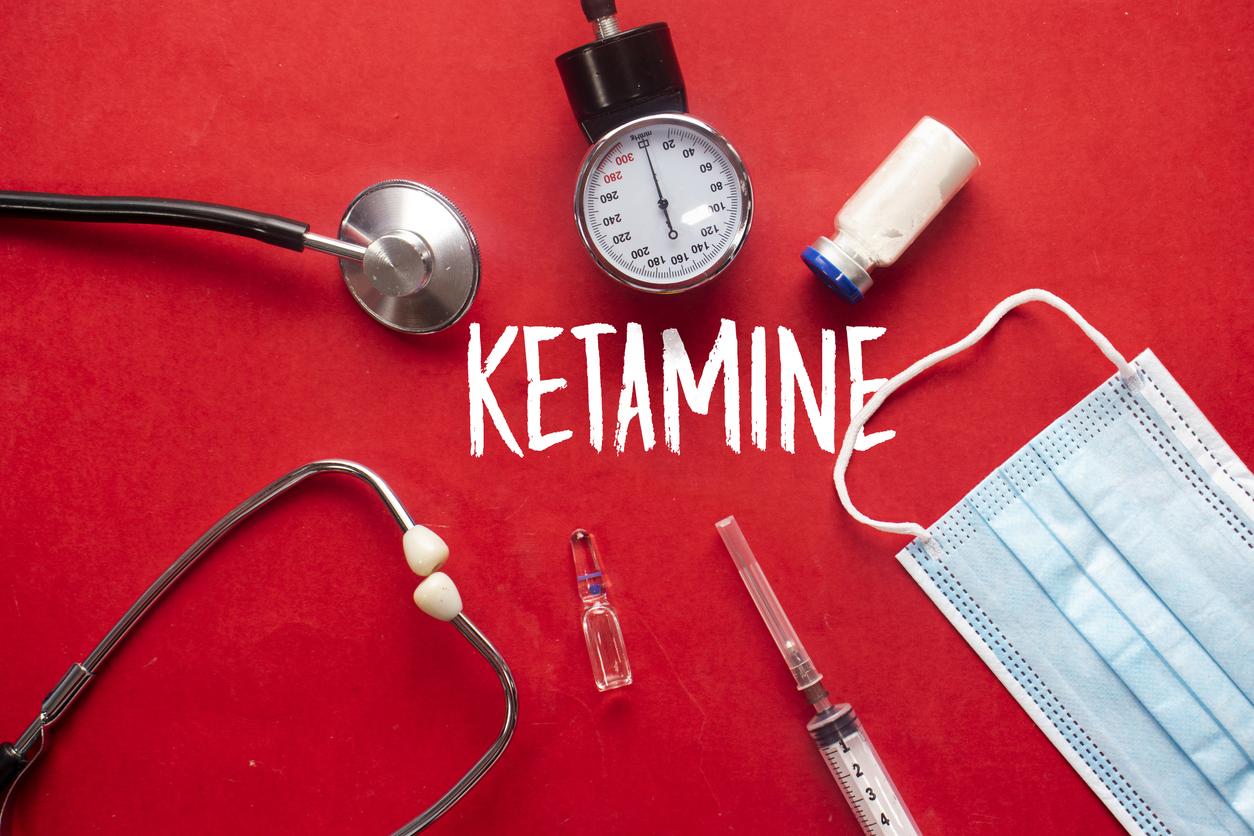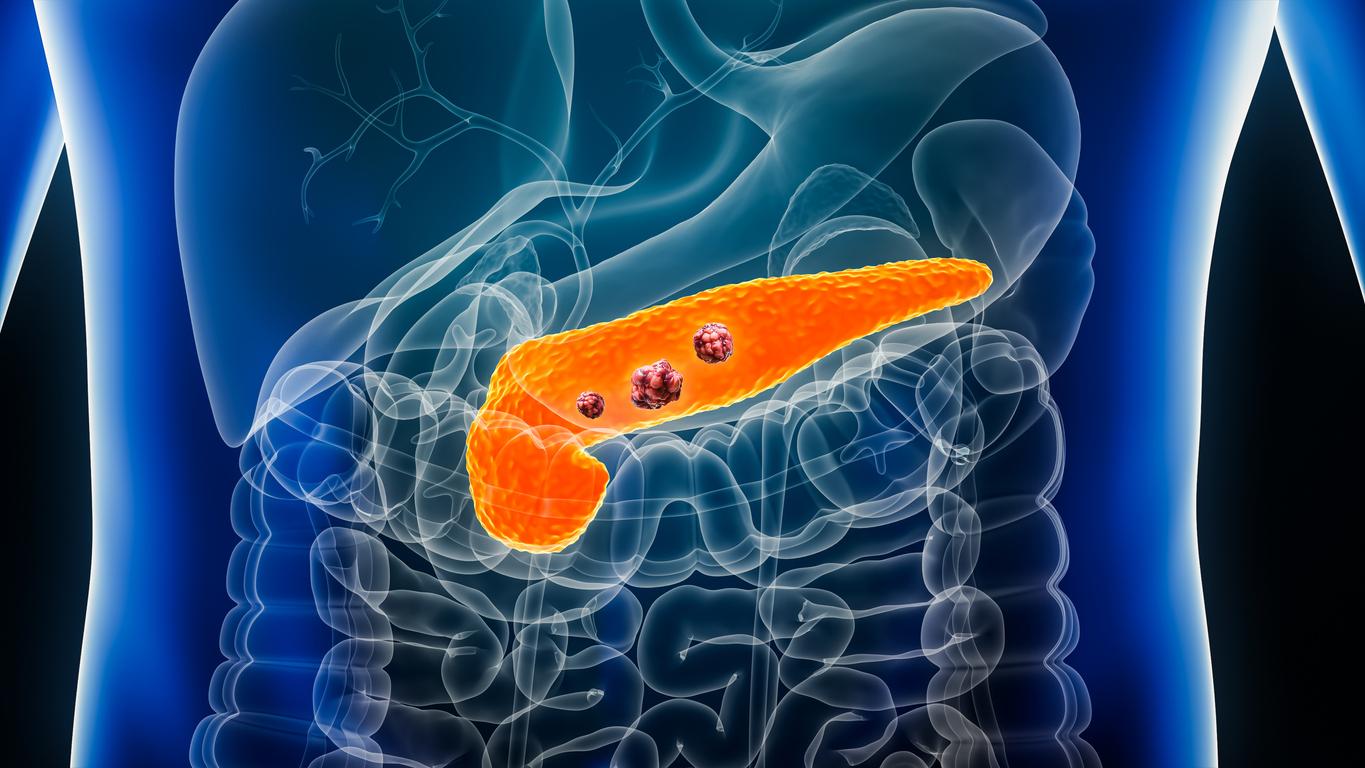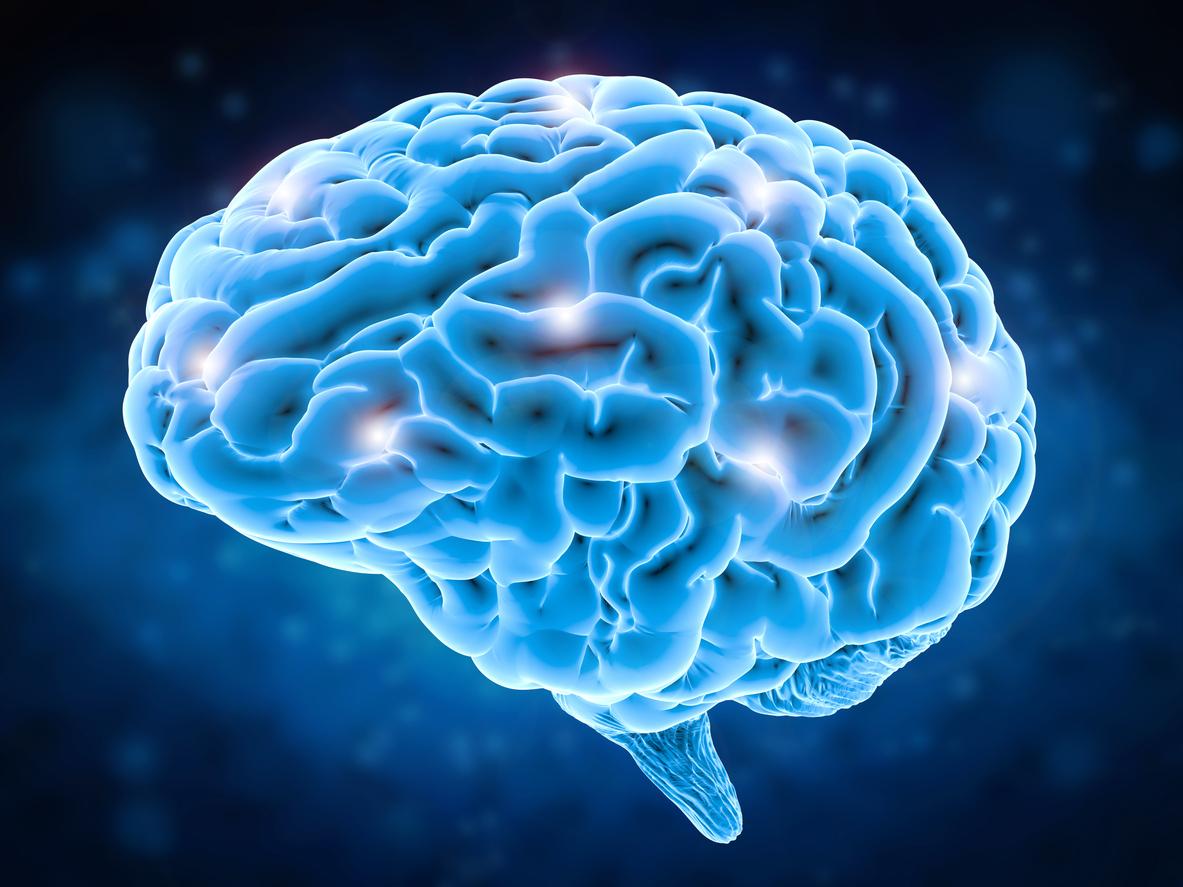A team of researchers has highlighted the mechanisms of action behind the positive effects of ketamine, even at low doses, on depression.

- The study shows that ketamine binds to specific sites on NMDA receptors in the brain, temporarily increasing brain activity and quickly relieving depressive symptoms.
- At low doses, it acts without completely blocking the receptors, which explains its rapid and long-lasting effectiveness.
- This advance opens the way to similar therapeutic alternatives, potentially administered orally and without the risk of addiction, to treat depression and other mental disorders.
Neuroscientists from the University of Buffalo, in the United States, have just taken a key step in understanding how ketamine, administered at low doses, quickly relieves depression. Their study, published in the journal Molecular Psychiatryreveals the specific binding site of ketamine on NMDA (for N-methyl-D-aspartate) receptors, a category of receptors crucial for cognitive functions. These discoveries pave the way for new treatments for depression and other brain disorders.
From anesthetic to treatment for depression
Used since the 1960s as an anesthetic, in 2000 ketamine revealed unprecedented potential for treating depression, even severe depression. Unlike traditional antidepressants that take weeks to work, ketamine, even at low doses, works within hours, providing immediate relief that lasts several days. A characteristic that “literally saves lives”particularly those of patients in the midst of a suicidal crisis, explains Professor Gabriela Popescu, lead author of the study, in a press release.
Until now, the mechanisms of action of ketamine against depression remained unclear. The Buffalo researchers found that ketamine binds to two lateral sites on NMDA receptors, without completely blocking electrical current. It selectively slows down long-active NMDA receptors, often outside of synapses, causing an immediate increase in excitatory transmission in the brain. This process, by stimulating the creation of new synapses, allows the antidepressant effect to be maintained even after the elimination of ketamine from the body.

Towards new therapies against psychiatric disorders
Using 3D simulations of the NMDA receptor, researchers identified the exact residues that ketamine binds to. They thus confirmed that at low doses, ketamine binds to the lateral sites of the receptors, while at an anesthetic dose, it completely blocks the current by lodging in the central pore of the receptors. This discovery could guide the development of similar drugs that can be administered orally and lack the addictive potential of ketamine.
The next steps will be to identify existing drugs that could act on these same lateral sites of the NMDA receptors. Once found, they could offer quick, long-lasting solutions for people with depression, with reduced side effects. These advances therefore place ketamine, and its potential derivatives, as promising candidates in the treatment of complex psychiatric and neurological disorders.

















